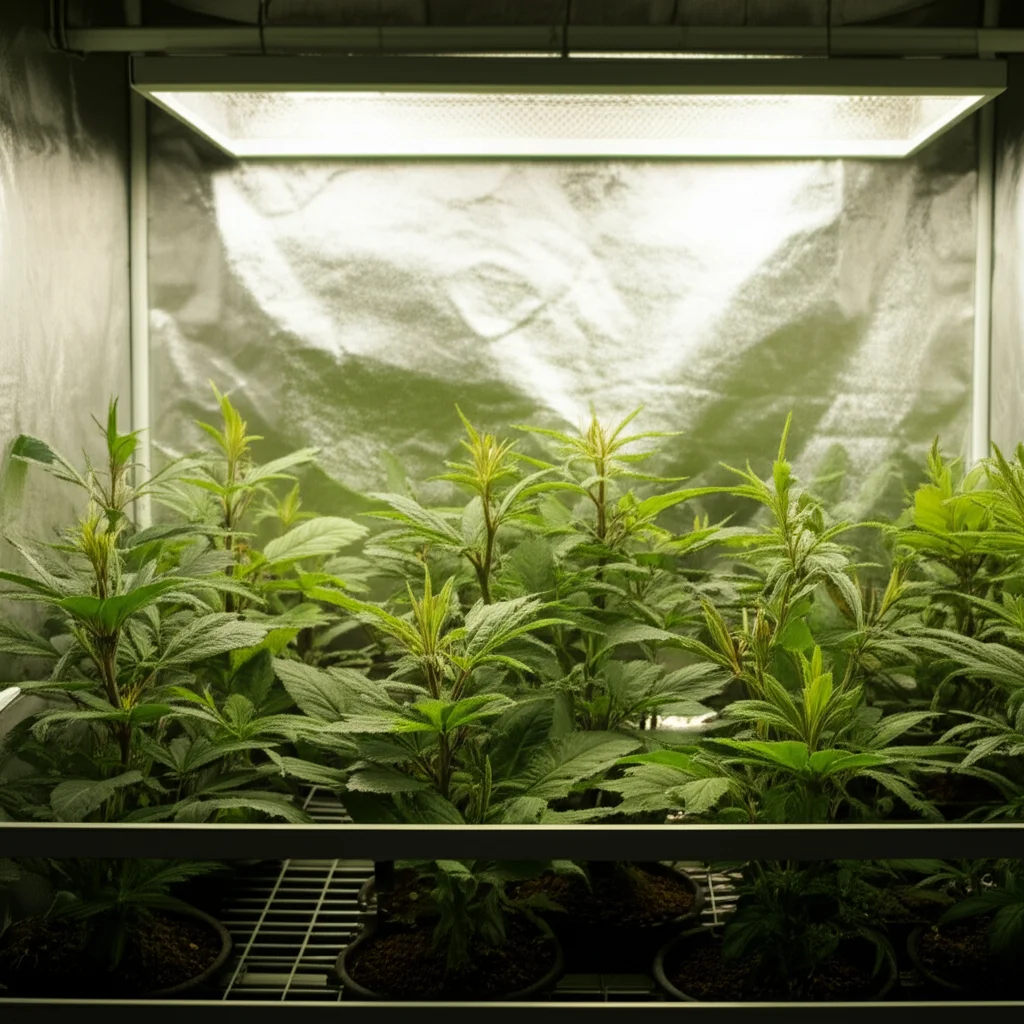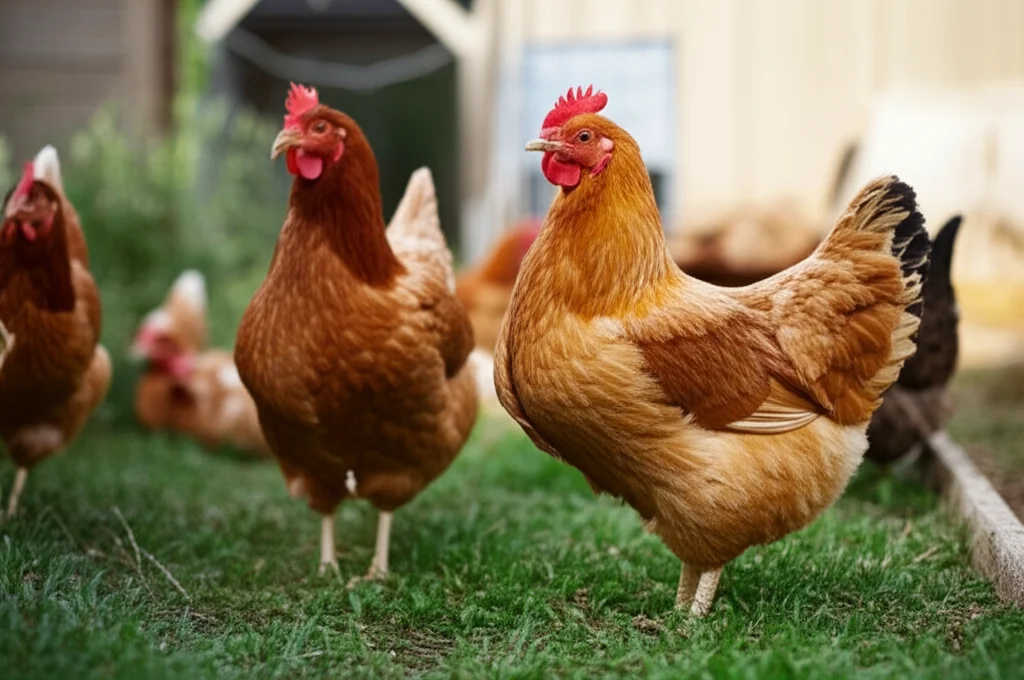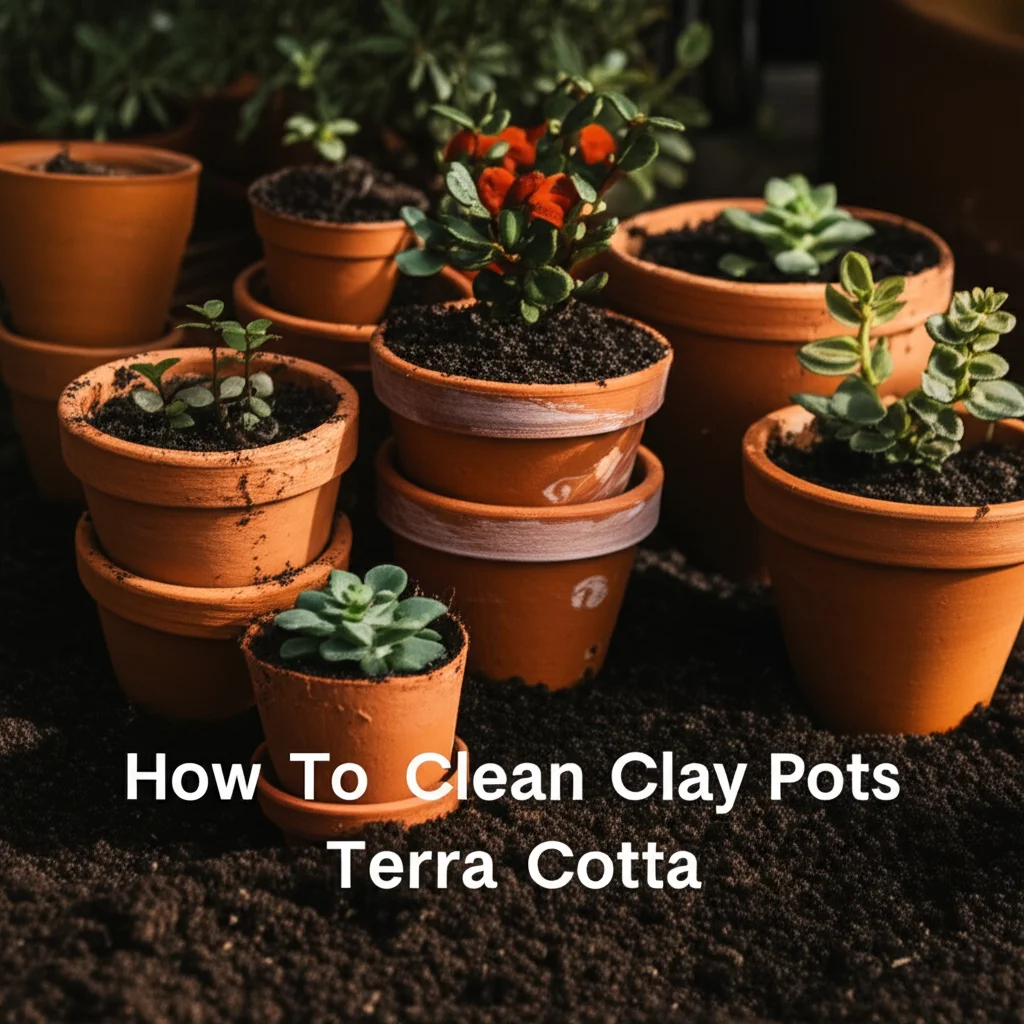· Todd Martin · Home & Garden · 17 min read
How To Clean Grow Tent

How to Clean Your Grow Tent: A Complete Guide to Optimal Growth
Do you want your plants to thrive and produce their best yield? Keeping your grow tent clean is essential. A dirty grow tent can invite pests, disease, and reduce your plant’s potential. Knowing how to clean grow tent effectively helps you maintain a sterile, efficient growing environment. This guide explains why cleaning is important, when to clean, what supplies you need, and offers a step-by-step cleaning process. I will also cover common issues like mold and pests, and offer tips for ongoing maintenance. By the end, you will know exactly how to keep your grow space pristine.
Takeaway
- Regularly clean your grow tent to prevent pests, diseases, and mold.
- Deep clean between grow cycles and perform light cleanings mid-cycle.
- Use gentle, plant-safe cleaning solutions like soap and water or vinegar.
- Thoroughly dry all surfaces to stop mold growth.
- Maintain good ventilation to keep your grow tent clean long-term.
To clean a grow tent, first remove all plants and equipment. Vacuum loose debris, then wipe down interior surfaces with a mild, plant-safe cleaner like a dilute bleach solution or hydrogen peroxide, or a vinegar solution. Rinse thoroughly, ensure proper ventilation, and allow the tent to air dry completely before reintroducing anything.
Why Regular Grow Tent Cleaning is Essential for Plant Health
A clean grow tent is a happy grow tent for your plants. It might seem like a simple task, but regular cleaning plays a big role in plant health. Think of your grow tent as a controlled ecosystem. When it gets dirty, things can go wrong fast. I have learned this through my own gardening experiences.
Dirt and dust build up on reflective surfaces. This reduces light efficiency. Plants then get less light, which slows their growth. Clean surfaces reflect light better, ensuring your plants receive maximum illumination. This directly supports photosynthesis and overall plant vitality.
Pests and diseases love dirty environments. Spider mites, powdery mildew, and fungus gnats can hide in dust and debris. They multiply quickly in uncleaned areas. Regular cleaning removes these hiding spots. It breaks their life cycles. This proactive step saves you from dealing with outbreaks later. An ounce of prevention is worth a pound of cure, especially in gardening.
Mold and mildew are common problems in humid grow tents. These fungi thrive in damp, enclosed spaces. They can harm your plants and even affect your health. Cleaning removes spores and prevents their growth. Proper cleaning also means proper drying, which further stops mold. A clean tent reduces the need for harsh pesticides or fungicides. This keeps your plants and their produce safer. My goal is always to create a healthy space for my plants. A regular cleaning schedule ensures my plants stay strong and healthy, without needing constant interventions for pests or diseases.
When to Clean Your Grow Tent: Understanding Cycles
Knowing when to clean your grow tent is as important as knowing how. Cleaning is not a one-time event; it is an ongoing process. I follow a clear schedule to ensure my tent remains a healthy home for my plants. This approach maximizes efficiency and minimizes problems.
The most crucial time for a deep clean is between grow cycles. Once you harvest your plants, empty the tent completely. This is the perfect opportunity to do a thorough cleaning. All old plant matter, spilled nutrients, and accumulated dust need removal. A complete reset ensures no pests or pathogens from the previous cycle carry over. Starting fresh gives your new plants the best possible beginning. It is like turning a new page in a book.
Mid-cycle cleanings are also important, but less intensive. I usually do a light cleaning every 2-4 weeks during a grow cycle. This involves vacuuming loose debris from the floor and wiping down reachable surfaces. You cannot remove everything with plants inside, but you can keep dust and minor spills in check. Focus on areas where dust settles, like the floor and the bottom of the walls. Check for any signs of mold or pest activity during these lighter cleanings. Catching issues early saves a lot of trouble later on. A quick wipe down can prevent a big problem.
You also need to clean immediately if you notice a pest infestation or disease outbreak. Do not wait for the end of the cycle. Isolate affected plants if possible. Then, clean the tent area around them thoroughly. This helps contain the spread and reduces the pathogen load. Early intervention is key to saving your crop. For instance, if you spot mold, addressing it quickly is critical to preventing its spread. How to clean mold in shower or how to clean mold off plastic guides offer useful principles that apply here. Cleanliness makes your plants more resilient.
Gathering Your Grow Tent Cleaning Supplies
Having the right tools makes any cleaning job easier and more effective. For your grow tent, you need specific supplies. These items are generally gentle on your tent material but tough on dirt and microbes. I always make sure I have these on hand before starting any cleaning project.
First, gather your personal protective equipment (PPE). This includes rubber gloves to protect your hands from cleaners and dirt. A face mask is also a good idea. It prevents you from inhaling dust, mold spores, or cleaning solution fumes. Safety glasses protect your eyes from splashes. Your health is important, so do not skip these items.
Next, you will need tools for dry cleaning. A small shop vacuum with a hose attachment is invaluable. It removes loose dirt, dust, and dried plant matter from corners and crevices. A soft-bristle brush or a clean microfibre cloth can help dislodge stubborn debris. Having a dustpan and brush is also useful for quick clean-ups.
For wet cleaning, mild, plant-safe cleaning solutions are essential. I prefer natural options. A simple mix of warm water and mild dish soap works well for general grime. For more stubborn stains or potential mold, white vinegar is excellent. You can dilute it with water (1:1 ratio) for most uses. How to clean walls with vinegar and how to clean mold with vinegar offer great tips for using this natural cleaner. Hydrogen peroxide (3%) is another good option for disinfection, especially against mold and bacteria. Always dilute it (1 part peroxide to 4 parts water). Avoid harsh chemicals like bleach unless absolutely necessary and diluted heavily, as they can damage tent material and harm plants. Bleach can also leave harmful residues.
Finally, have plenty of clean microfibre cloths or sponges. These are great for wiping down surfaces without scratching them. A spray bottle helps apply cleaning solutions evenly. For drying, a clean towel or even a small fan is useful. Proper drying is crucial to prevent mold after cleaning. Make sure all your supplies are clean before you start, so you do not introduce new contaminants.
Step-by-Step Guide to Deep Cleaning Your Grow Tent
A deep clean is crucial between cycles to reset your grow environment. This process ensures thorough sanitation. I follow these steps every time to guarantee a pristine space for my next grow. It requires some time, but it pays off with healthier plants.
First, prepare your tent for cleaning. Remove all plants, pots, trays, and any loose equipment from the tent. Take out your lights, fans, filters, and ducting. Disconnect all electrical components. Place them outside the tent on a clean surface. This clears the space completely. It also prevents damage to sensitive electronics during cleaning. Once empty, remove any lingering debris, like old leaves or dirt, by hand or with a small brush.
Next, start with dry cleaning. Use your shop vacuum to thoroughly vacuum the entire interior of the tent. Pay special attention to corners, seams, and the floor. Dust and debris accumulate in these hidden spots. Vacuum the reflective walls and ceiling gently. Make sure to get into every crevice. This step removes most of the loose dirt and prevents it from turning into muddy streaks during wet cleaning.
Now, it is time for wet cleaning. Prepare your cleaning solution in a spray bottle. For general cleaning, I use warm water with a few drops of mild dish soap. For tougher spots or for disinfection, I use a diluted white vinegar solution (1:1 water to vinegar) or hydrogen peroxide (1:4 peroxide to water). Spray a section of the tent interior, starting from the top. Wipe down the walls, ceiling, and floor with a clean microfibre cloth. Work in sections to ensure thorough coverage. Pay close attention to any visible stains, mold spots, or sticky residues. For stubborn marks, you might need to apply the solution directly and let it sit for a few minutes before scrubbing gently. Remember to clean the zippers and Velcro strips as well, as they can harbor dirt. How to clean stains on plastic principles apply well here for the tent lining.
After cleaning with your chosen solution, rinse the tent thoroughly. Use a new, clean cloth dampened with plain water. Wipe down all the surfaces you just cleaned. This removes any cleaning solution residue. Residue can be harmful to plants or attract new dirt. Change your rinse water or rinse your cloth frequently to ensure you are truly rinsing away residue, not just spreading it around. This step is important for a truly clean finish.
Finally, dry the tent completely. This is a critical step for preventing mold and mildew. Open all vents and doors. Use a clean, dry towel to wipe down as much surface area as possible. Then, use a fan or dehumidifier to circulate air inside the tent. Ensure the tent is bone dry before reintroducing any equipment or plants. Mold thrives in damp conditions, and you do not want all your hard work undone. This drying process can take several hours. Be patient. Once dry, your grow tent is ready for a new, healthy cycle.
Tackling Common Grow Tent Problems: Mold, Mildew, and Pests
Even with regular cleaning, grow tents can face specific challenges. Mold, mildew, and pests are common enemies for growers. Knowing how to address them quickly and effectively is crucial. I have dealt with these issues many times, and I know prevention is best, but quick action is vital when problems arise.
Mold and mildew often appear as fuzzy white or black spots. They thrive in high humidity and poor ventilation. If you spot mold, do not panic, but act immediately. First, remove any affected plants if possible. Then, prepare a cleaning solution of diluted white vinegar (1:1 water to vinegar) or hydrogen peroxide (1 part to 4 parts water). Spray the moldy area thoroughly. Let it sit for 10-15 minutes. Then, scrub with a brush or a tough cloth. Make sure to get into all cracks and crevices where mold can hide. How to clean mold from grout and how to clean mold off walls offer similar techniques for persistent mold removal. Rinse the area well with plain water. The most important step after cleaning mold is thorough drying. Use a fan or open vents wide to ensure the area is completely dry. This stops mold from returning.
Pests, like spider mites, fungus gnats, or thrips, can quickly infest a grow tent. If you find pests, the first step is physical removal. Vacuum up any visible pests on the tent surfaces. Wipe down all walls, ceiling, and floor with a mild soapy water solution. Pay close attention to corners and seams where pests often hide their eggs or larvae. For persistent pest problems, you might consider natural pest control methods suitable for your plants, such as neem oil sprays or beneficial insects. Always clean the entire tent, not just the affected areas. This ensures you remove all stages of the pests.
After dealing with mold or pests, it is essential to disinfect. Even if you cannot see them, spores or eggs might remain. A final wipe-down with a diluted hydrogen peroxide solution can help kill any remaining pathogens. For extra assurance, run a powerful fan and ensure good air circulation for a few hours. This helps clear the air of any lingering spores. Prevention is always the best strategy. Maintain consistent temperature and humidity levels. Ensure good air exchange. Regularly inspect your plants and the tent for early signs of problems. This proactive approach significantly reduces the chance of future outbreaks.
Maintaining a Clean Grow Tent Environment
Cleaning your grow tent once is great, but maintaining that cleanliness is key to long-term success. A clean environment means healthy plants and better yields. I have found that consistency is more important than intense, infrequent cleaning. These practices help keep your grow tent in top condition.
Ventilation is your first line of defense. Proper air circulation prevents stale, humid air from settling. Stagnant air is a breeding ground for mold, mildew, and certain pests. Make sure your exhaust fan is correctly sized for your tent volume. Keep intake and exhaust vents open and clear. Consider adding an oscillating fan inside the tent. This fan moves air around the plants and across the tent surfaces. Good airflow helps dry any damp spots quickly. It also strengthens plant stems. Regular filter changes on your intake fan also help keep dust and spores out.
Controlling humidity levels is crucial. High humidity contributes to mold and fungal diseases. Use a hygrometer to monitor humidity. Aim for ideal levels for your plants’ growth stage. If humidity gets too high, use a dehumidifier. Or increase your exhaust fan speed. If it gets too low, use a humidifier. Balancing humidity prevents the conditions that mold and mildew need to grow. This significantly reduces your cleaning burden down the line.
Regular floor and surface wiping prevents buildup. Even between deep cleans, dust, soil, and nutrient spills can accumulate. I keep a dedicated sponge and spray bottle with plain water or a mild cleaner near my tent. A quick wipe of the floor and lower walls every few days prevents caked-on grime. This simple habit stops problems before they start. It also makes your major cleaning days much easier. Treat spills immediately. Do not let nutrient solution dry on the floor or walls. These can become sticky traps for dust and pests.
Quarantine new plants or materials. Before introducing anything new into your grow tent, inspect it carefully. New plants can bring in pests or diseases from outside. Store-bought soil or growing media can also harbor unwanted guests. A short quarantine period allows you to observe new additions for any issues. This step prevents contaminating your already clean environment. It is like an extra layer of security for your precious plants. By following these maintenance practices, you ensure your grow tent remains a clean, safe, and productive space.
Best Practices for Grow Tent Sanitation
Beyond regular cleaning, applying certain best practices ensures superior sanitation in your grow tent. These actions create a truly hostile environment for pathogens and pests. I integrate these habits into my routine to minimize risks and maximize plant health.
Always sterilize tools and equipment. Before and after working with your plants, clean your pruning shears, trimmers, and other tools. Alcohol wipes or a hydrogen peroxide solution work well for this. Dirty tools can transfer diseases from one plant to another. If you clean your grow tent, but use dirty tools, you risk reintroducing problems. This applies to anything that touches your plants or the tent interior. Even your watering can should be clean.
Consider using grow tent liners or removable flooring. Some growers place a separate tarp or plastic sheet on the grow tent floor. This creates an extra barrier. It makes cleanup much easier. If a spill happens, you can remove and wash the liner separately. This protects the original tent floor from stains and damage. It also provides an easy way to fully sanitize the bottom of your grow space. How to clean plastic shower offers insights on cleaning similar plastic surfaces effectively.
Practice good personal hygiene. Your hands, clothes, and shoes can carry pathogens or pests into your grow tent. Always wash your hands thoroughly before handling plants or touching tent surfaces. Wear clean clothes. Some growers even have dedicated “grow room” shoes or shoe covers. This prevents tracking in dirt, spores, or pest eggs from outside. Think of your grow tent as a sterile operating room for your plants.
Control what enters your tent. Limit unnecessary foot traffic. The more people or items that go in and out, the higher the risk of contamination. Have a specific spot outside the tent for dirty items. Keep your main tent door closed when not actively working inside. This helps maintain the controlled environment you work hard to create.
Implement an Integrated Pest Management (IPM) strategy. IPM is a holistic approach to pest control. It emphasizes prevention over reaction. This means regular scouting for pests, using beneficial insects, and maintaining a healthy plant environment. It also involves strict sanitation. By combining cleaning with intelligent pest management, you create a robust defense system. This makes your grow tent resilient against common threats. How to clean a washer with vinegar speaks to the general concept of using effective, less harsh cleaning agents for overall equipment sanitation. By following these best practices, you build a foundation for consistent, successful grows.
FAQ Section
How often should I deep clean my grow tent? You should deep clean your grow tent at the end of each grow cycle, after harvesting all plants. This ensures no pests, diseases, or residues carry over to the next crop. A complete deep clean provides a fresh start for your new plants and maintains overall hygiene.
What is the best cleaner for grow tent walls? For grow tent walls, a mild solution of warm water and dish soap works well for general dirt. For disinfection or mold, a 1:1 mixture of white vinegar and water, or a dilute hydrogen peroxide solution (1 part peroxide to 4 parts water), is effective and plant-safe. Always rinse thoroughly afterward.
Can I use bleach to clean my grow tent? While bleach is a strong disinfectant, it is generally not recommended for regular grow tent cleaning. It can be harsh on tent materials, potentially degrade reflective surfaces, and leave harmful residues. If you must use it, dilute it heavily (e.g., 1 part bleach to 10 parts water) and rinse extensively.
How do I dry my grow tent quickly after cleaning? To dry your grow tent quickly, open all vents and doors wide. Use clean towels to wipe down as much surface area as possible. Then, place a strong fan inside the tent to circulate air. A dehumidifier can also help remove moisture from the air. Ensure it is completely dry to prevent mold.
How can I prevent mold in my grow tent after cleaning? Prevent mold by maintaining good ventilation, controlling humidity levels, and ensuring thorough drying after any wet cleaning. Use an oscillating fan inside the tent to move air. Monitor humidity with a hygrometer, aiming for appropriate levels for your plants. Promptly clean any spills.
What about cleaning the reflective interior of the grow tent? Clean the reflective interior gently. Use soft microfibre cloths and mild cleaning solutions like soapy water or dilute vinegar. Avoid abrasive scrubbers or harsh chemicals. These can scratch or damage the reflective material. This reduces its effectiveness. Regular, gentle wiping maintains optimal light reflection.
Conclusion
Keeping your grow tent clean is fundamental to successful indoor gardening. It directly impacts your plant’s health, prevents pest outbreaks, and maximizes yields. By understanding how to clean grow tent effectively, you create a sanitized, optimized environment where your plants can truly flourish. I have learned that consistent effort here saves a lot of headaches later on.
From knowing when to perform a deep clean between cycles to using gentle, plant-safe cleaners, every step contributes to a healthier grow space. Tackling common issues like mold and pests proactively keeps your plants safe. Maintaining good ventilation and controlling humidity are your daily allies in cleanliness. Do not forget to sterilize your tools and practice good personal hygiene. These actions create a robust defense against unwanted invaders. Your commitment to cleanliness helps your plants thrive. So, take the time to clean your grow tent. Your plants will thank you with strong growth and abundant harvests. Start your cleaning routine today and watch your garden flourish.
- grow tent cleaning
- grow tent maintenance
- indoor gardening hygiene
- mold prevention grow tent
- plant health





